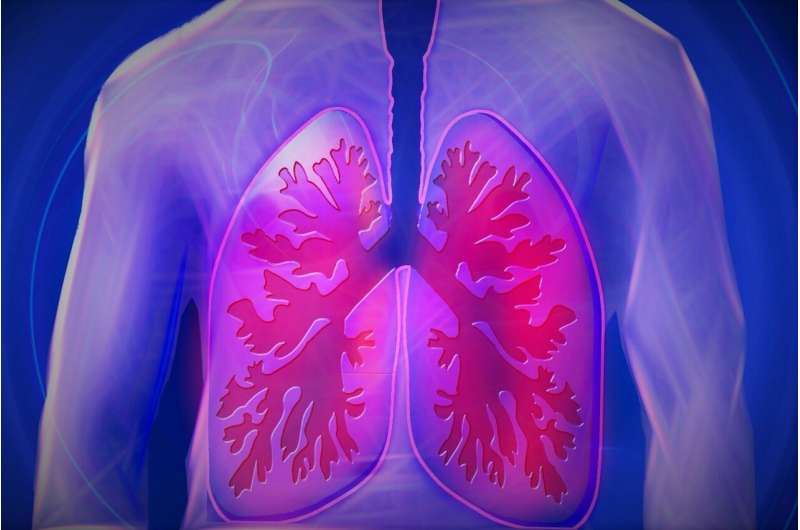Rising Challenges Threaten Malaria Elimination Targets in Asia Pacific

Malaria cases are surging in the Asia Pacific, threatening the region’s goal of elimination by 2030 due to climate change, resistance, conflicts, and funding shortages.
Malaria cases across the Asia Pacific region have experienced a significant uptick, reaching 4.8 million in 2024. This surge has caused concerns among health experts and policymakers, indicating that the region is falling further behind its goal of malaria elimination by 2030. The number of cases increased by approximately 170% from 2021 to 2024, as highlighted during the ninth Asia Pacific Leaders' Summit on Malaria Elimination held in Bali, Indonesia.
The setbacks are largely attributed to climate-related outbreaks, the emergence of drug- and insecticide-resistant strains of malaria parasites, ongoing conflicts, and funding shortages. Sarthak Das, CEO of the Asia Pacific Leaders Malaria Alliance, emphasized that the chances of achieving the 2030 elimination target have diminished over the past two years—from a prior optimistic rating of seven out of ten to now a six. He pointed out that recent natural disasters, such as the devastating floods in Pakistan in 2022, played a significant role in reversing gains. Cases in Pakistan soared from around 400,000 in 2021 to 2.7 million in 2023, prompting the country to delay its elimination goal to 2035.
Other affected nations include the Solomon Islands, which extended its target to 2034, and Papua New Guinea, where malaria transmission remains highly active. Conflicts in Afghanistan and Myanmar have also contributed to increased malaria incidence, impacting neighboring regions like Thailand. As the region is particularly vulnerable to climate change—warming faster than the global average—alterations in malaria transmission patterns are expected. Climate models predict prolonged transmission seasons in Nepal, northeast India, northern Myanmar, and parts of China, while some lowland Southeast Asian areas might see decreased transmission due to heat stress. Additionally, rising temperatures are making higher altitudes, such as Nepal’s mountains and Papua New Guinea’s highlands, increasingly suitable for malaria transmission.
Efforts to combat malaria face further obstacles due to the inconsistent use and quality of insecticide-treated bed nets. Experts like Edward Walker from Michigan State University question the overreliance on bed nets, noting that consistent usage is not guaranteed and that house-proofing with window and door screens—though more expensive—could be more effective. Studies have also revealed that some bed nets lose efficacy faster than expected, contributing to resurgence in regions like Papua New Guinea.
Currently, there is no safe and effective vaccine for Plasmodium vivax, the most prevalent malaria parasite in Asia, which hampers eradication efforts. Funding remains a critical challenge; the Global Fund to Fight AIDS, Tuberculosis, and Malaria reports a global funding gap of US$4.3 billion, with US$478 million needed specifically for the Asia Pacific. Peter Sands, the Global Fund’s executive director, urged countries in the region to increase their contributions amidst reductions in international aid from nations like the US and UK.
In summary, the fight against malaria in the Asia Pacific faces multifaceted setbacks driven by climate change, resistance, conflict, and financial constraints. Addressing these issues will require increased investments, innovative protection strategies, and sustained political commitment to realize the region’s goal of malaria elimination.
Stay Updated with Mia's Feed
Get the latest health & wellness insights delivered straight to your inbox.
Related Articles
New Insights into Gut Hormone's Role in Chronic Diarrhea Could Lead to Innovative Diagnostics and Therapies
New research uncovers a gut hormone's role in chronic diarrhea, highlighting potential for new diagnostics and targeted therapies for conditions like bile acid diarrhea and IBS-D.
Impact of Food and Housing Insecurity on Unsafe Gun Storage Practices
Research reveals a strong link between food and housing insecurity and unsafe firearm storage practices, emphasizing the need to address social determinants to improve gun safety and community health.



